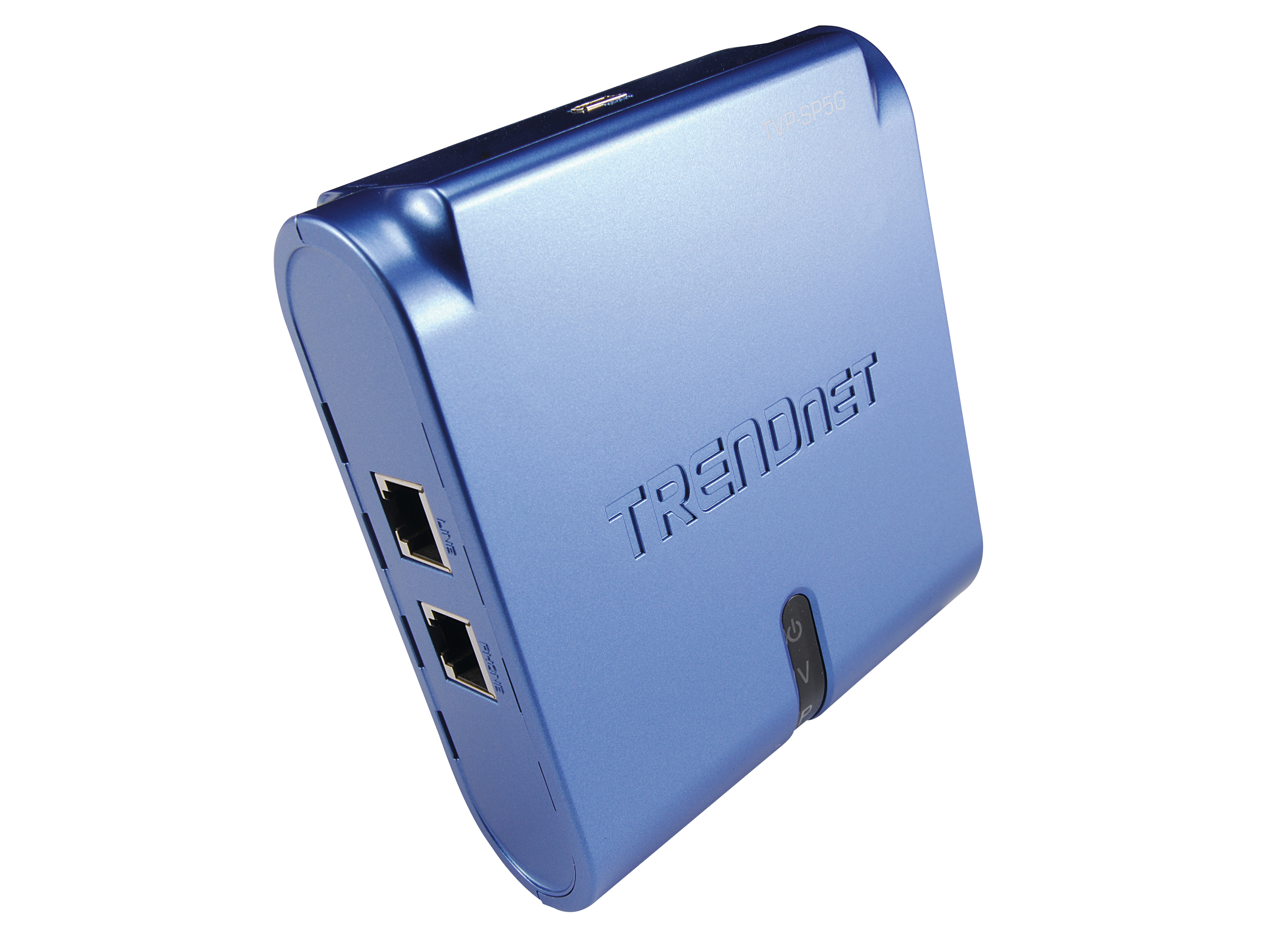TechRadar Verdict
Cheap, cheerful and reliable - just what you want
Pros
- +
Small and discreet
Cons
- -
It would be nice if it was wireless
Why you can trust TechRadar
VoIP phones are everywhere. Some are well designed and come with features that make the most of Internet calling. The majority, however, are cumbersome and downright ugly. In fact, it's a shame that you can't use your normal phone for VoIP calls... actually, now you can with this neat USB device from Trendnet.
The VoIP USB Phone Adapter enables you to make and receive phone calls through Skype by using a regular telephone. With the simple hot key you can switch easily between a Skype and a regular phone call.
Split-line traffic
The phone adapter looks a little like an oversized filter that you get with your broadband package and essentially it's doing a similar job. It splits a phone line to enable both telecoms and Internet traffic. When the device is installed, you can choose to make and receive either a standard call or a Skype call. You can also take advantage of free Skype-to-Skype calling and Skype subscription plans.
With most decent VoIP handsets costing around £70, this option from Trendnet is a bargain at just £25. Granted, it's not the most attractive device that you'll ever see and considering your desktop's probably littered with modems and other similar units with wires going everywhere, you may wish it was wireless.
Yet it's small enough to be hidden away and although the display will show you when you're in telecoms or VoIP mode and when you're on a call, you don't really need to see the lights so it's easy to tuck away.
You'll notice that there are no buttons on the unit itself. This is a blessing, because you can control the unit from whatever handset it's connected to. When the phone rings you can simply pick up your receiver as you would normally.
The quality is exactly what you would expect from VoIP. This means that sometimes people's voices can seem distant, but these days the overall quality of Skype is very close to that of landlines.
Tech.co.uk was the former name of TechRadar.com. Its staff were at the forefront of the digital publishing revolution, and spearheaded the move to bring consumer technology journalism to its natural home – online. Many of the current TechRadar staff started life a Tech.co.uk staff writer, covering everything from the emerging smartphone market to the evolving market of personal computers. Think of it as the building blocks of the TechRadar you love today.
